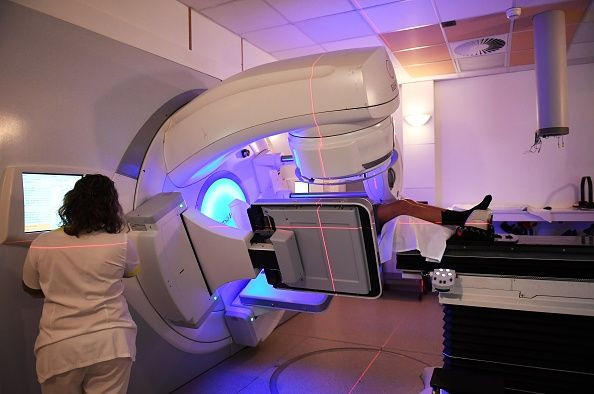New Treatment Can Reportedly Kill Cancer Cells In Just Hours

It’s not technically a new form of treatment, but the public has yet to be fully informed of the existence of stereotactic ablative radiotherapy (SABR) for addressing tumors when surgery is not an option. What makes SABR special is that it does not require long-term treatment that lasts months and multiple clinic visits, unlike most other cancer interventions. For most cases, it takes only hours to complete.
The Sydney Morning Herald highlighted the experience of 76-year-old Maureen Chrul, who went in for four days for 40-minute radiotherapy sessions to address her inoperable stage-one lung cancer. This was back in 2009. If she had gone through the traditional radiotherapy route, it would taken 30 to 33 hospital visits for the cancer to be removed.
According to her daughter, Patricia Visentine, Chrul did not experience any side effects post-treatment. There was no loss of appetite or taste, no fatigue, no skin burns. In short, it did not take a toll on her health.
SABR is a treatment of choice for those with limited volume tumors and is used on different parts of the body, including the thorax, head and neck, liver, adrenals abdomen, pelvis, bone and prostate. It uses high-intensity radiation that targets the specific tumor from various angles while the patient lies in a special body support contraption to make sure he or she keeps still throughout the procedure. The treatment lasts about an hour.
Stanford Health Care said that control rates for local tumors can reach 90 percent accuracy and effectiveness, without affecting the healthy tissues in the surrounding area. It is also non-invasive, making it a safer and more comfortable option for the patient.
The method was first introduced in the mid-90s but the results back then were disappointing. However, a new trial led by the Peter MacCallum Cancer Centre in Australia showed that it is effective compared to traditional methods in treatment stage one non-small-cell lung cancers that are inoperable. Peter Mac specifically recommends for cancers in the lung, liver, bone, spine, kidney and adrenal glands.
© Copyright IBTimes 2024. All rights reserved.





















